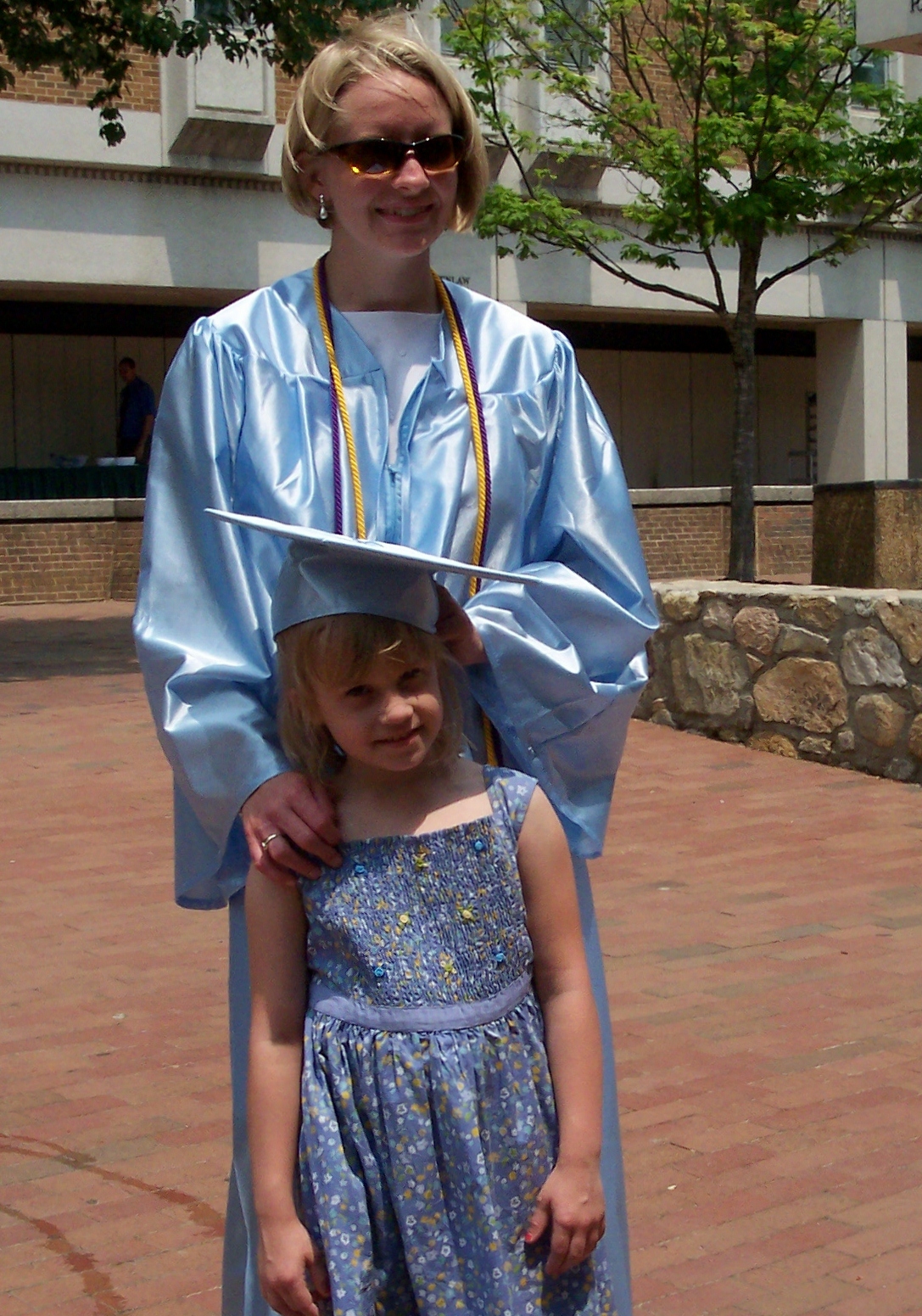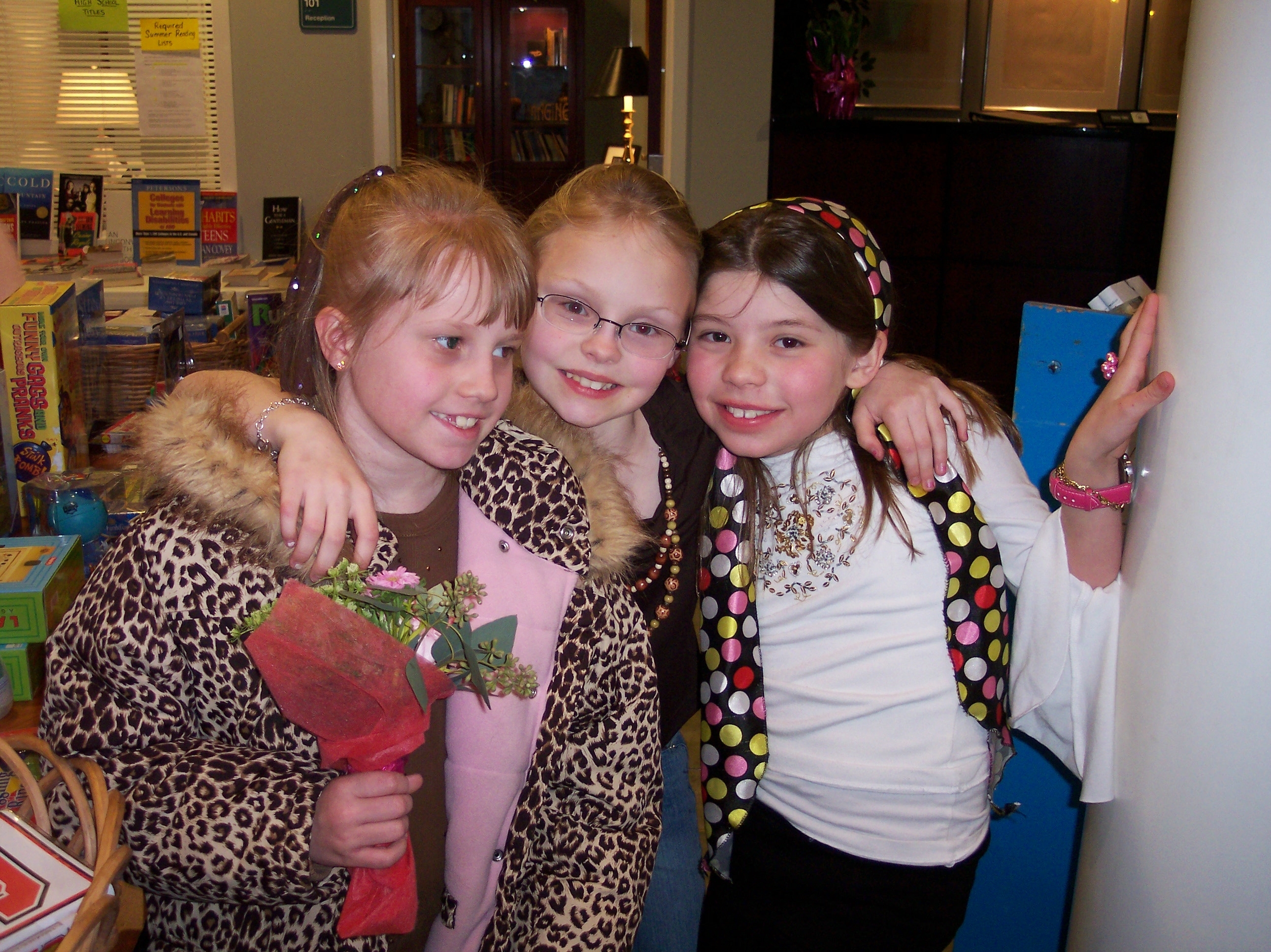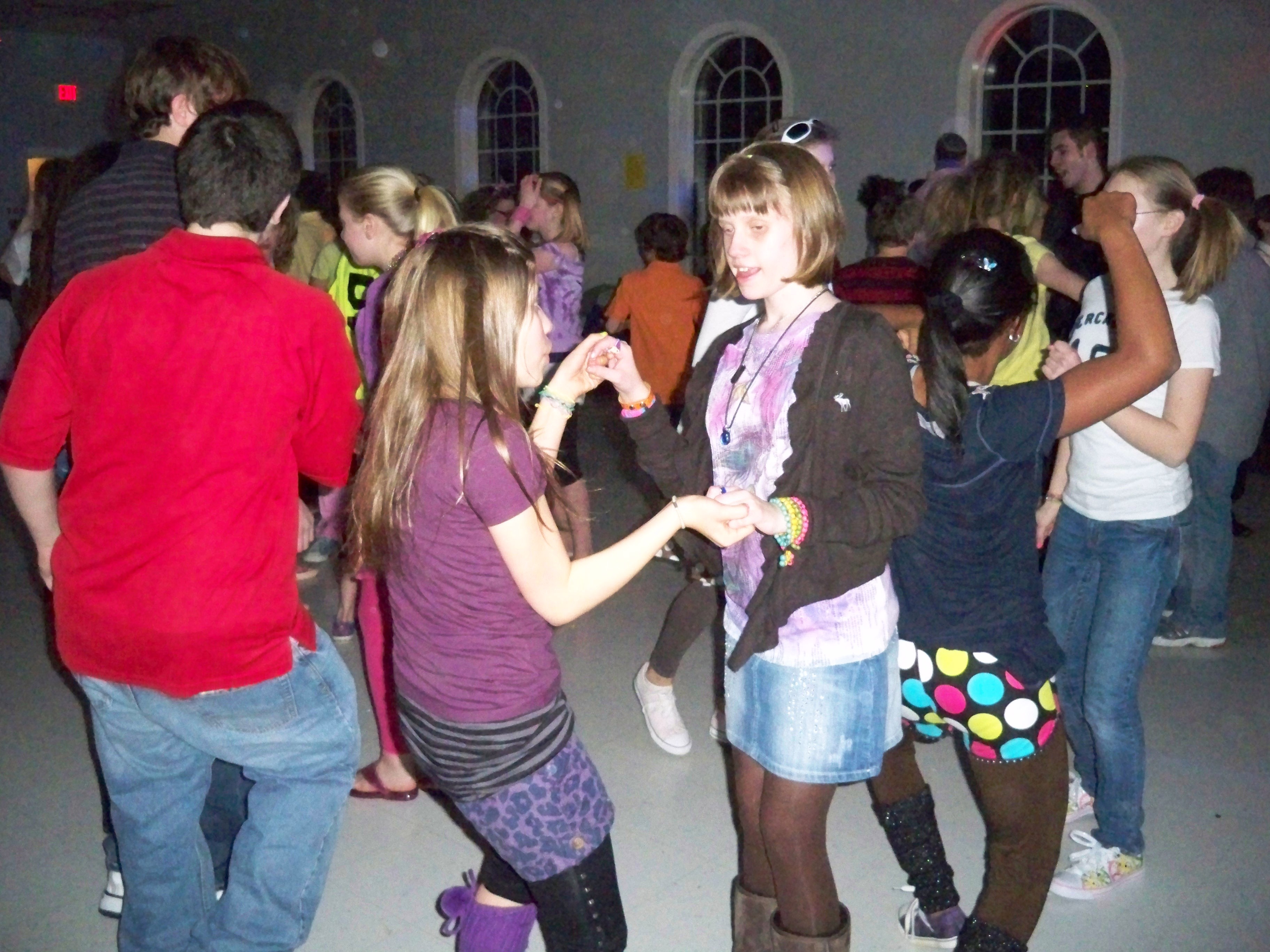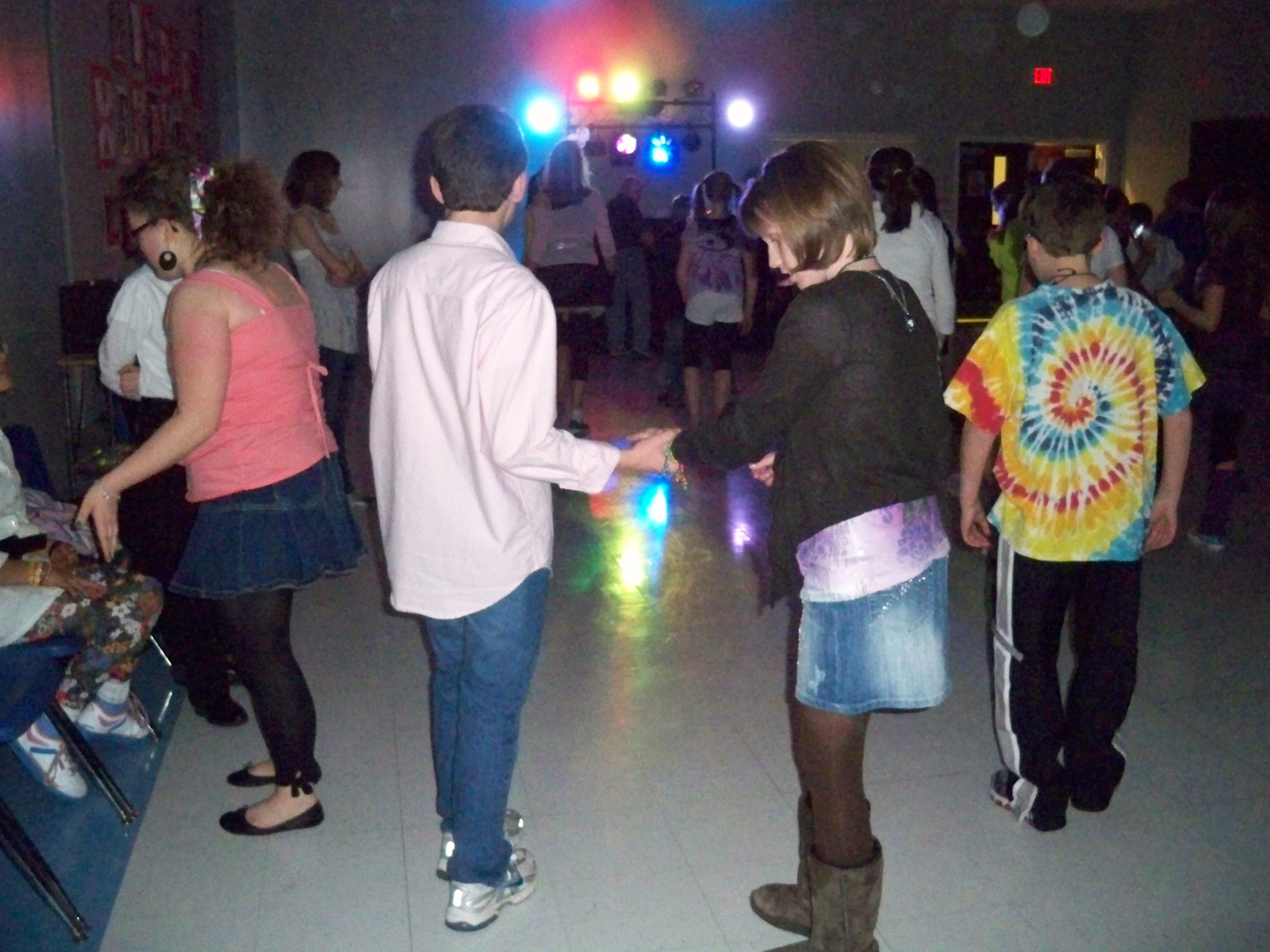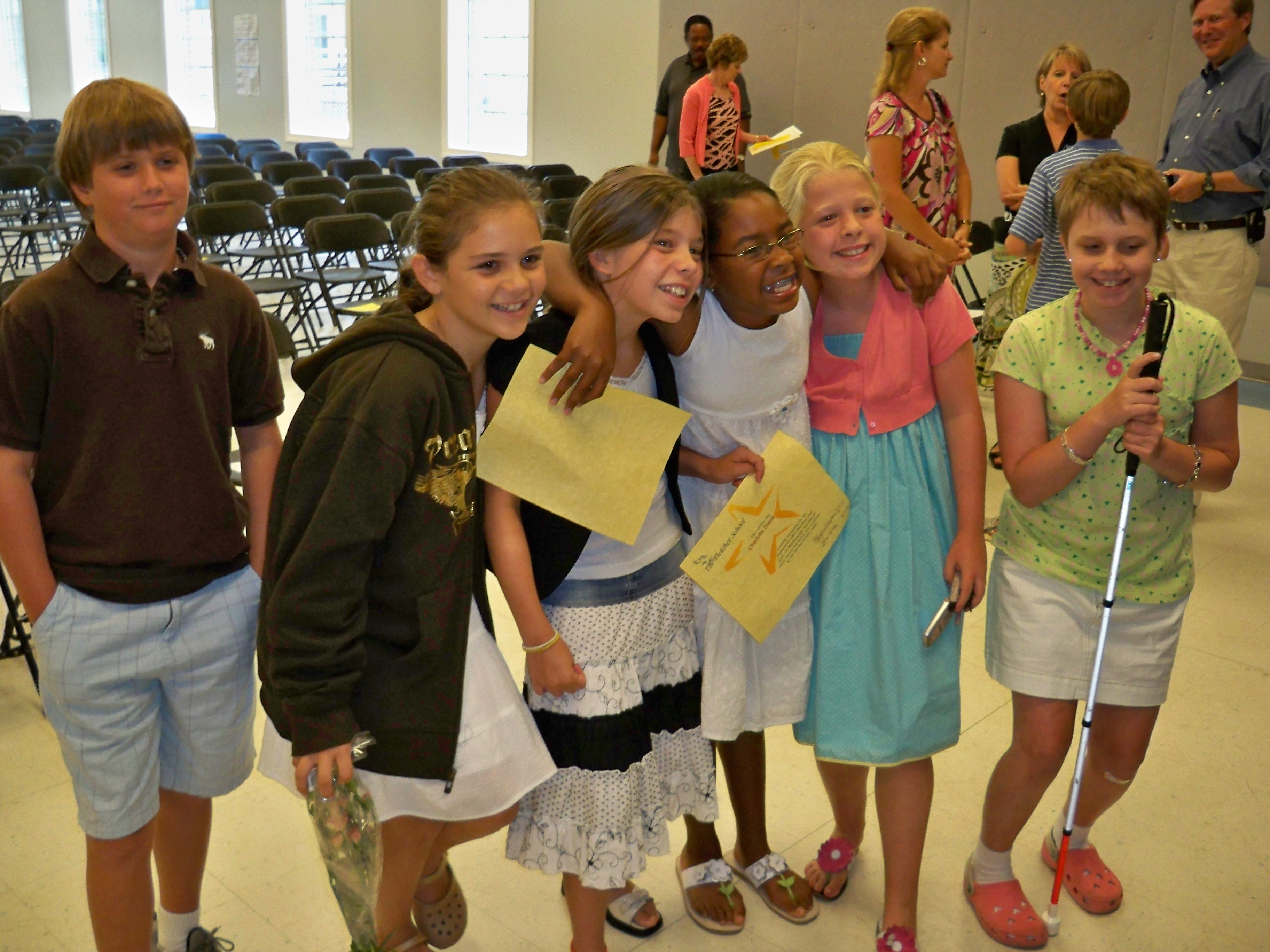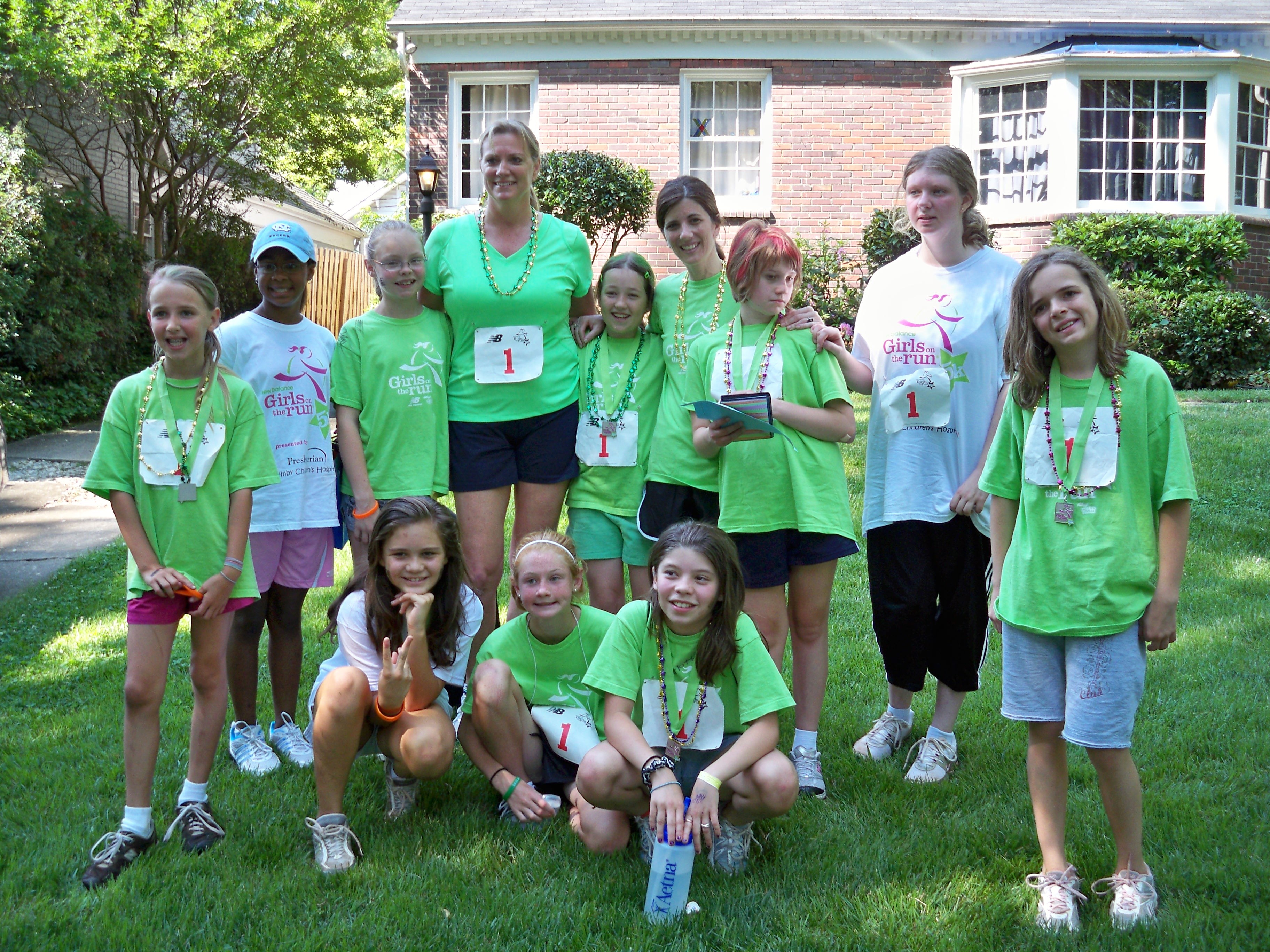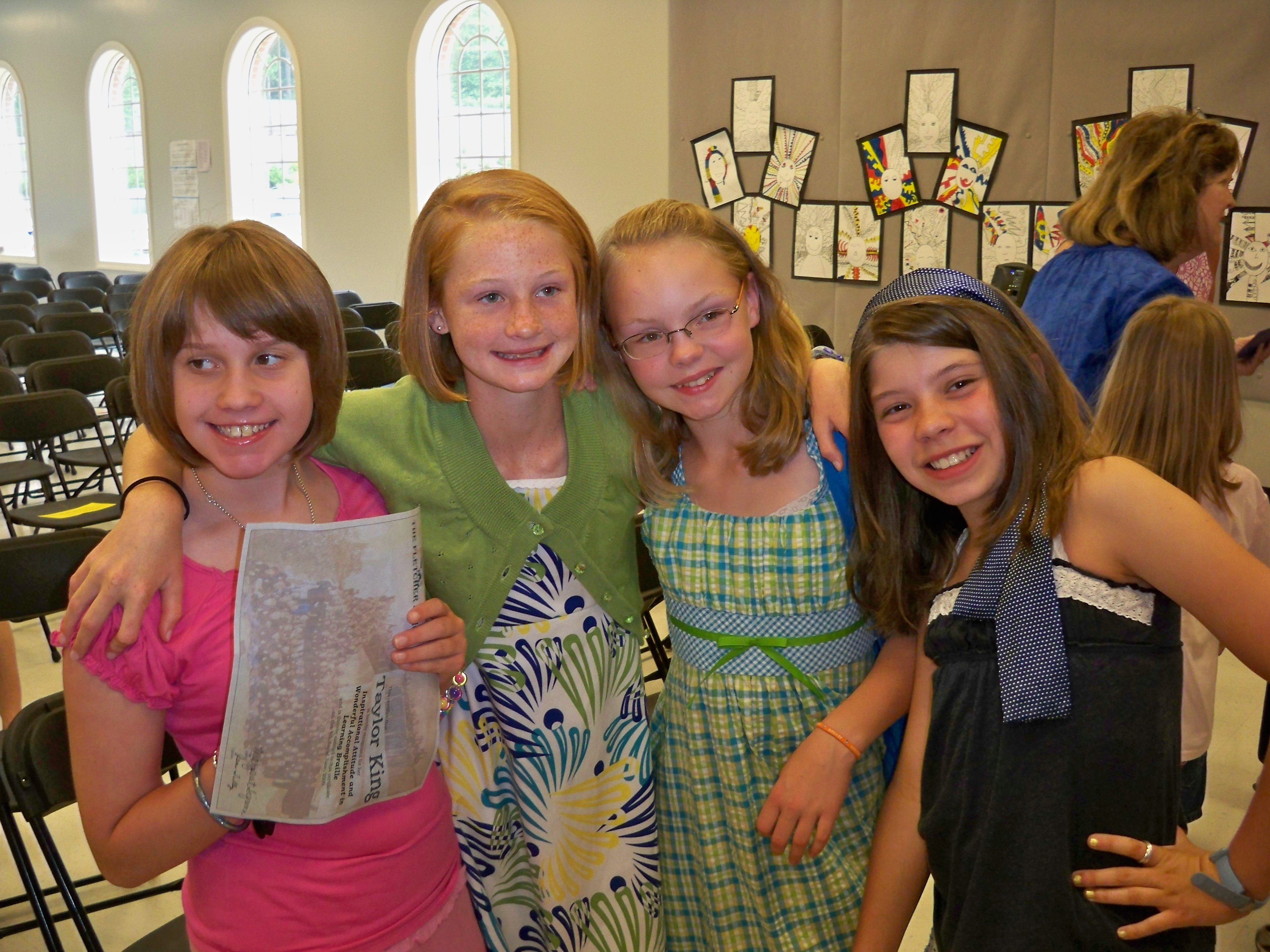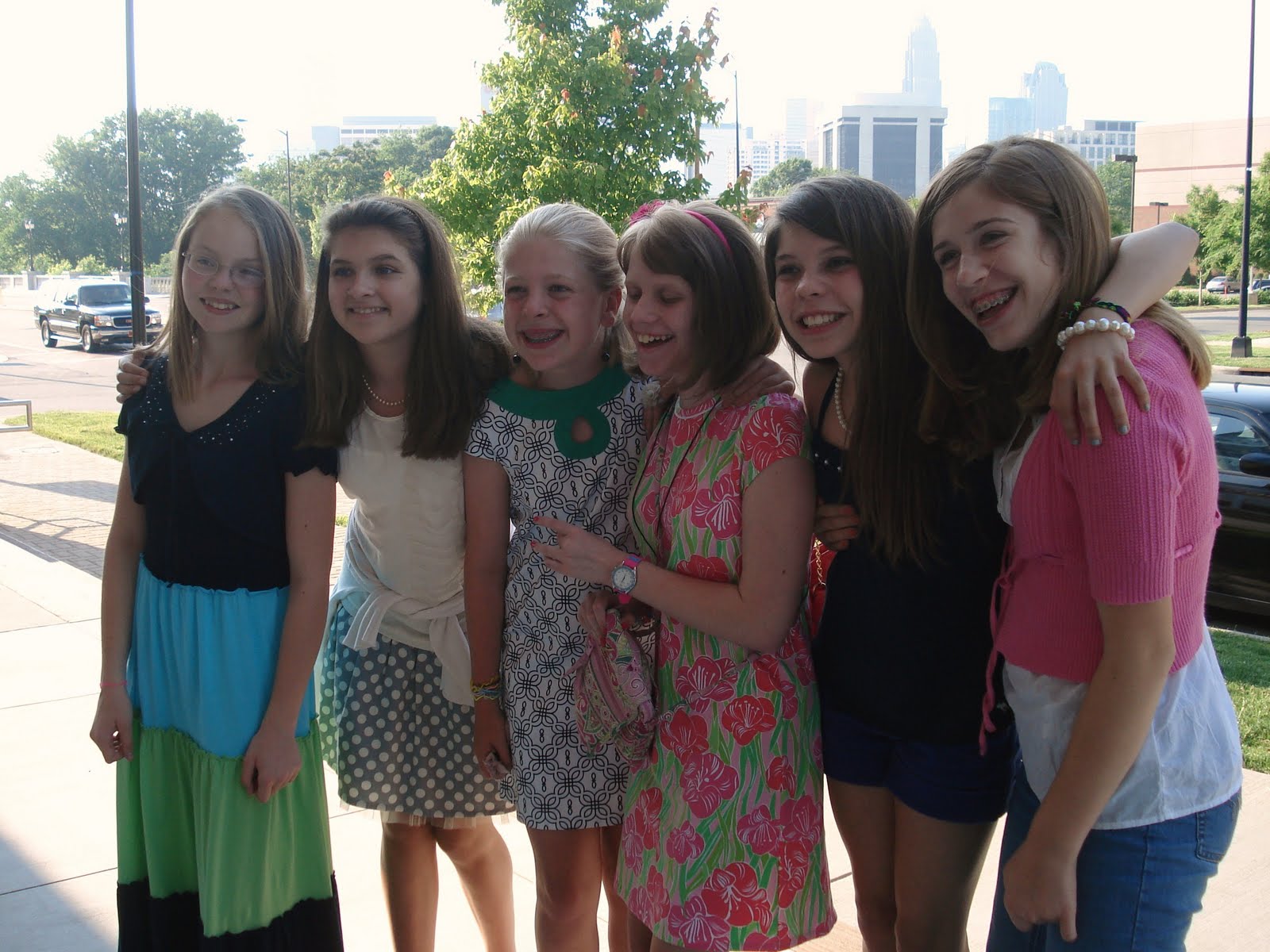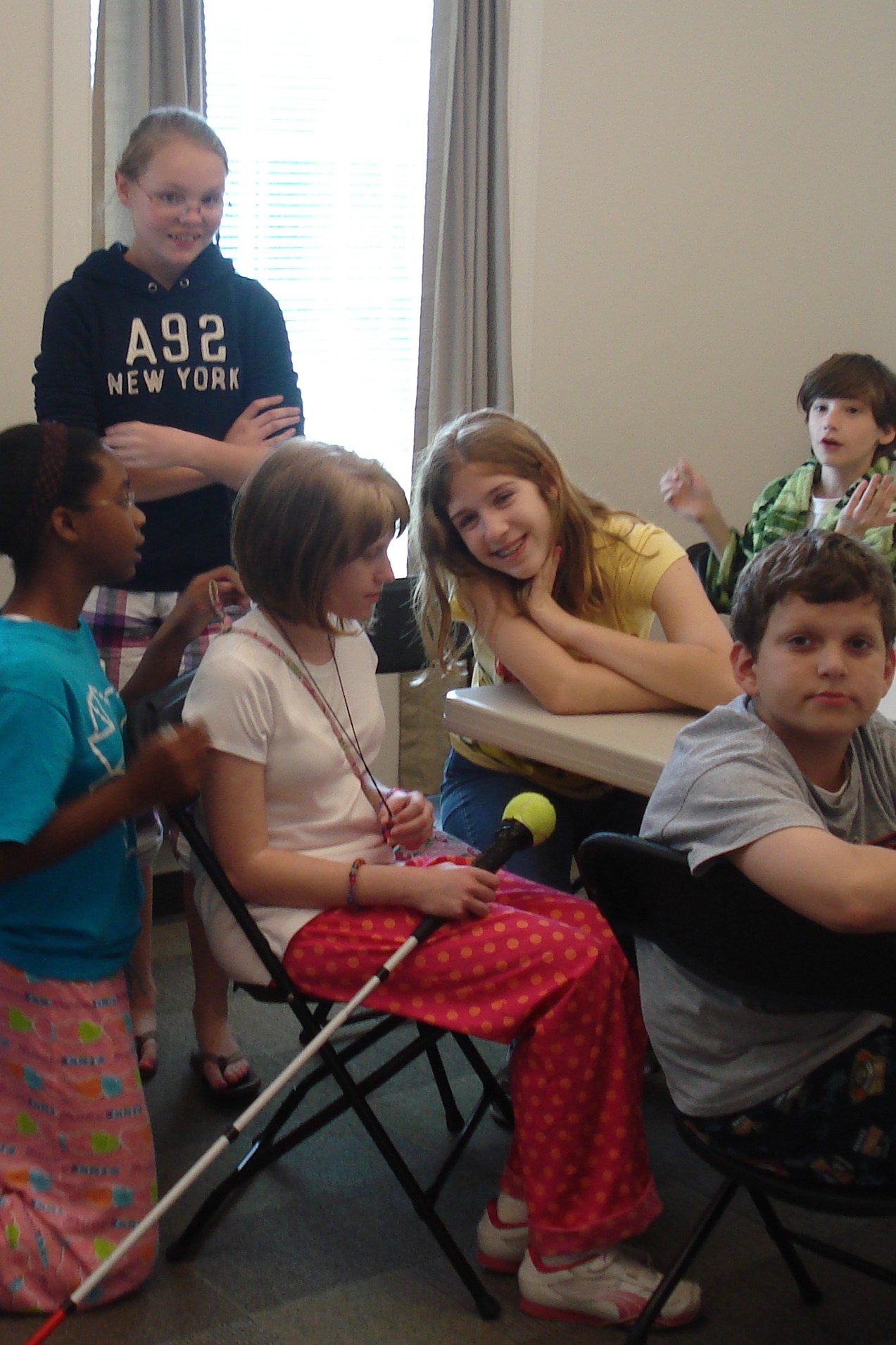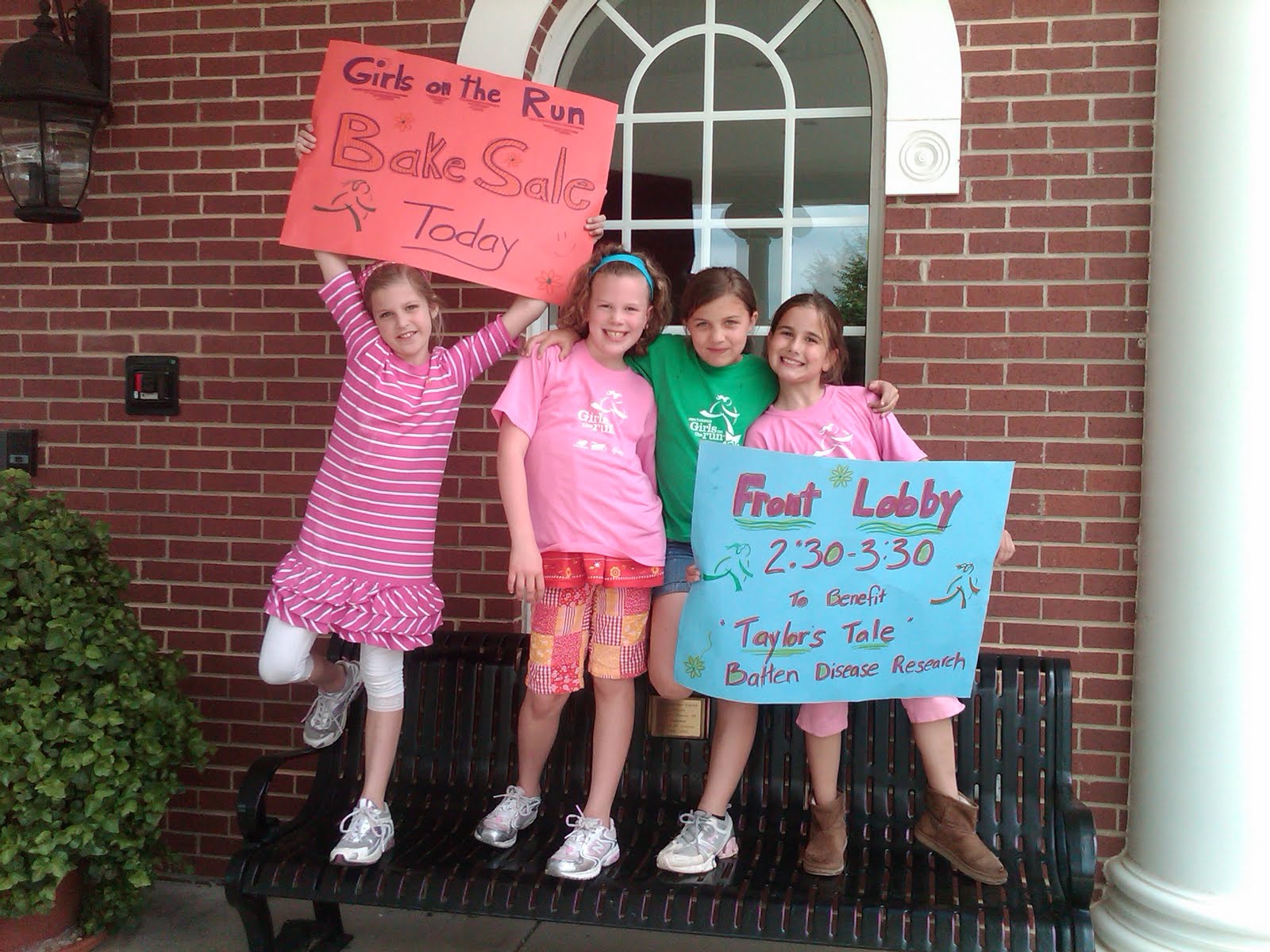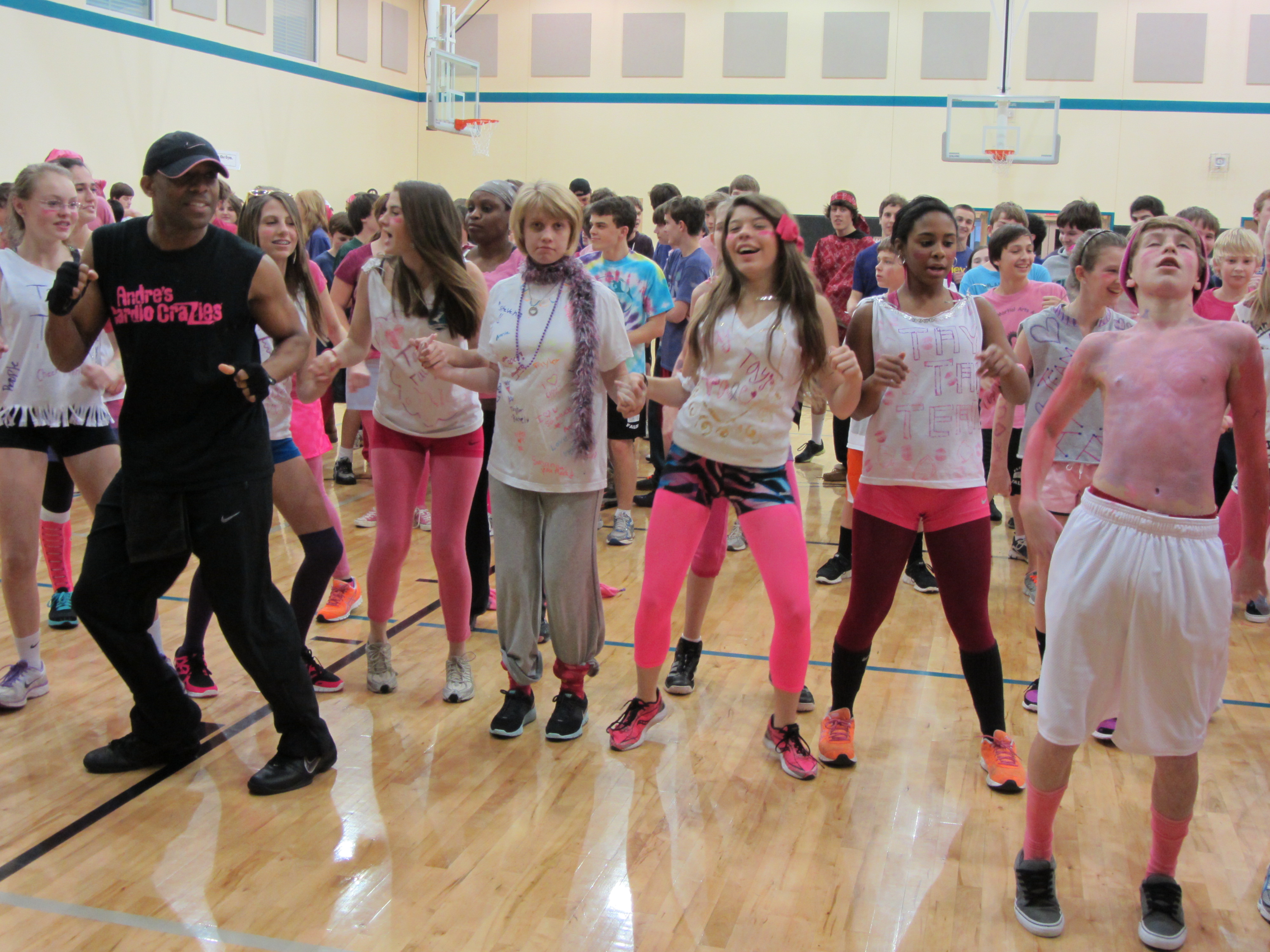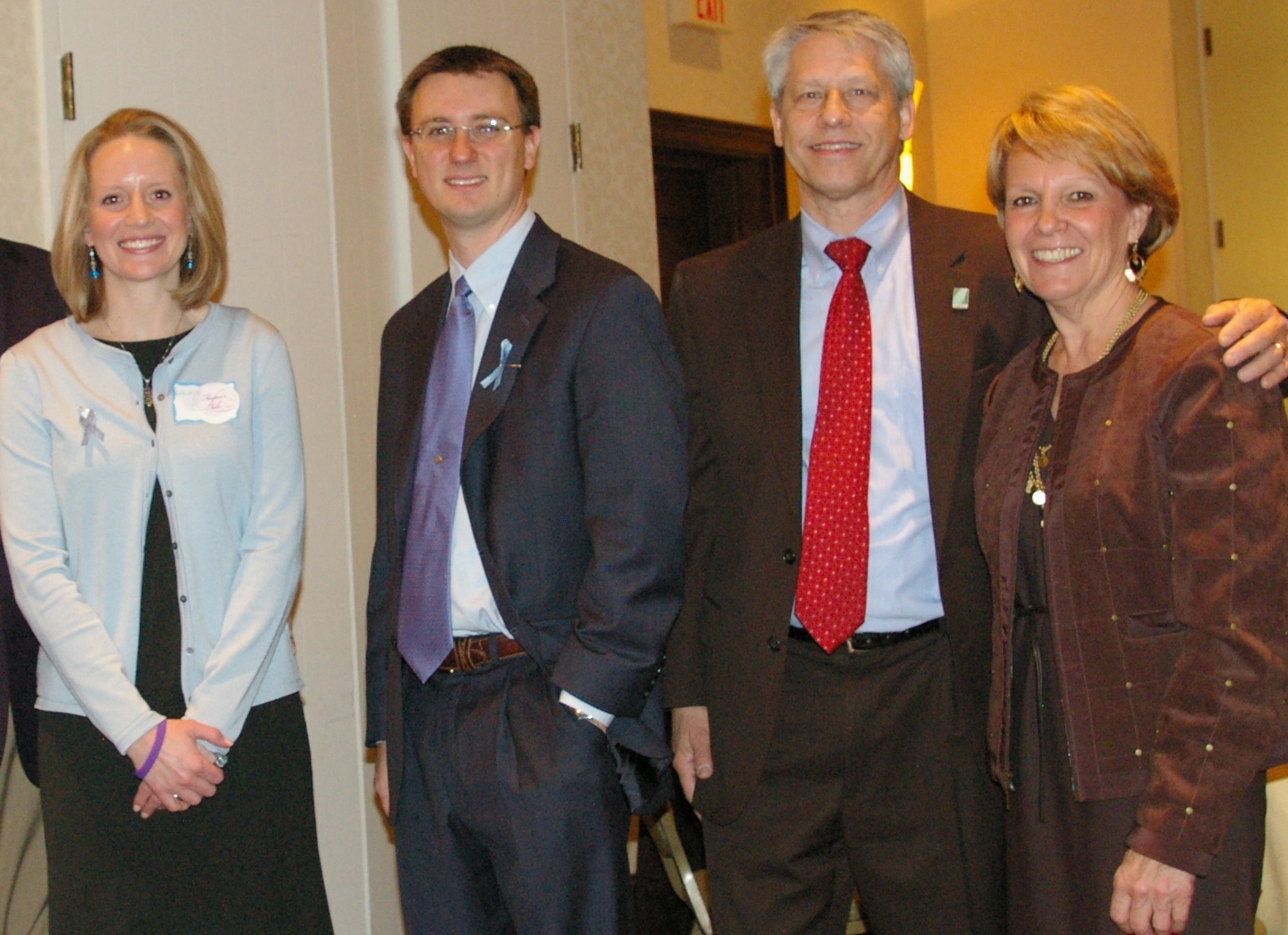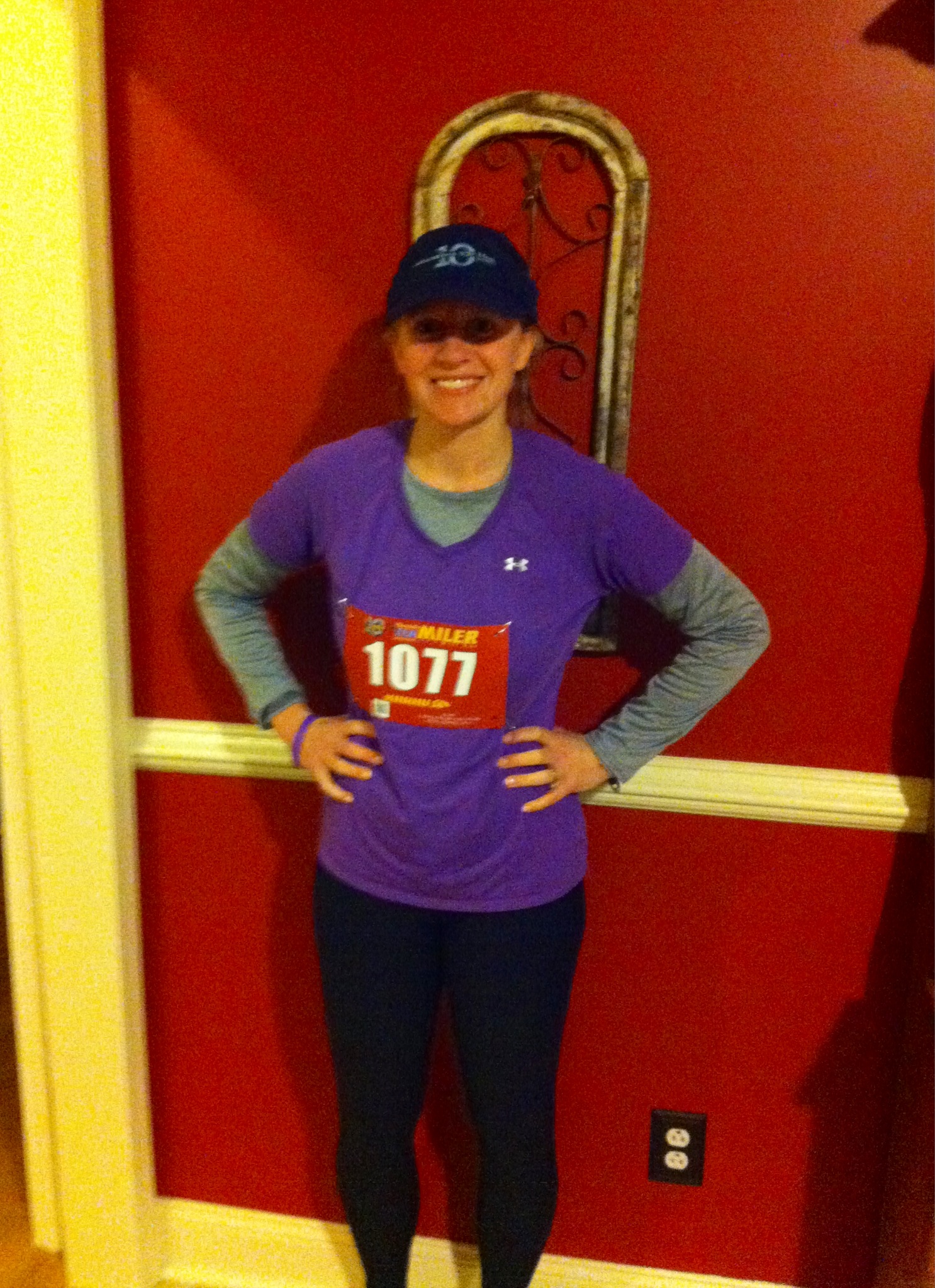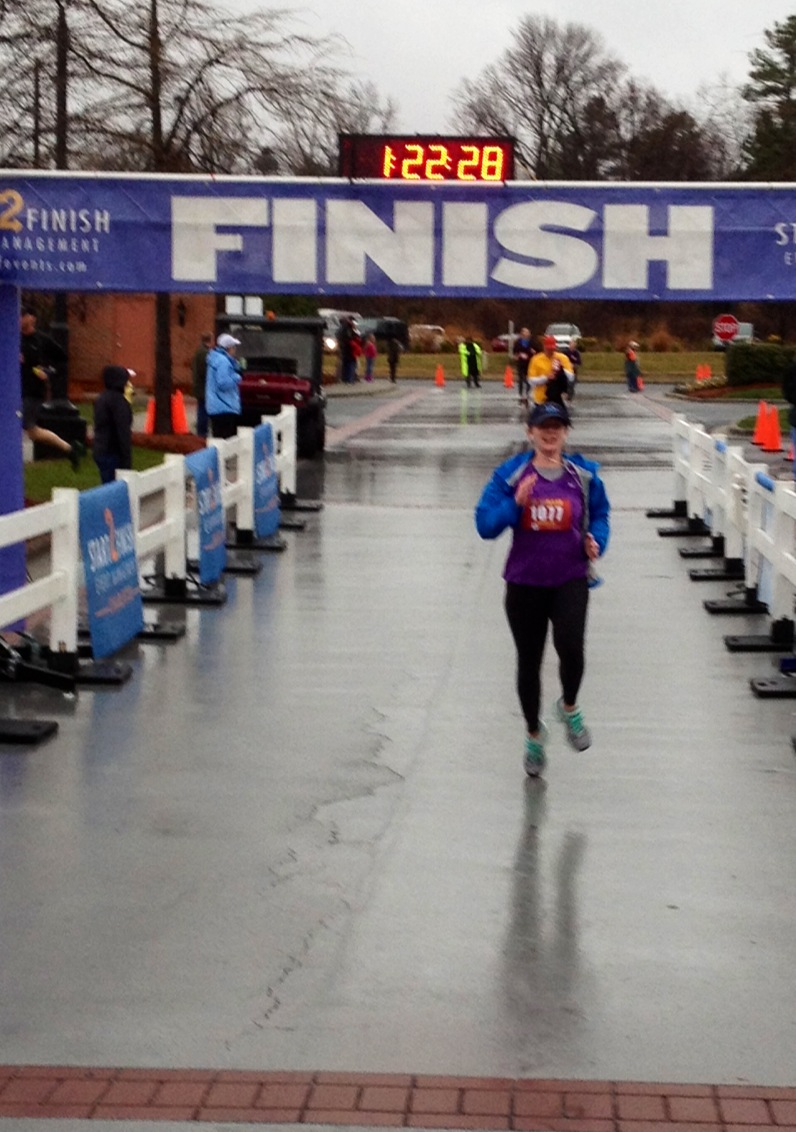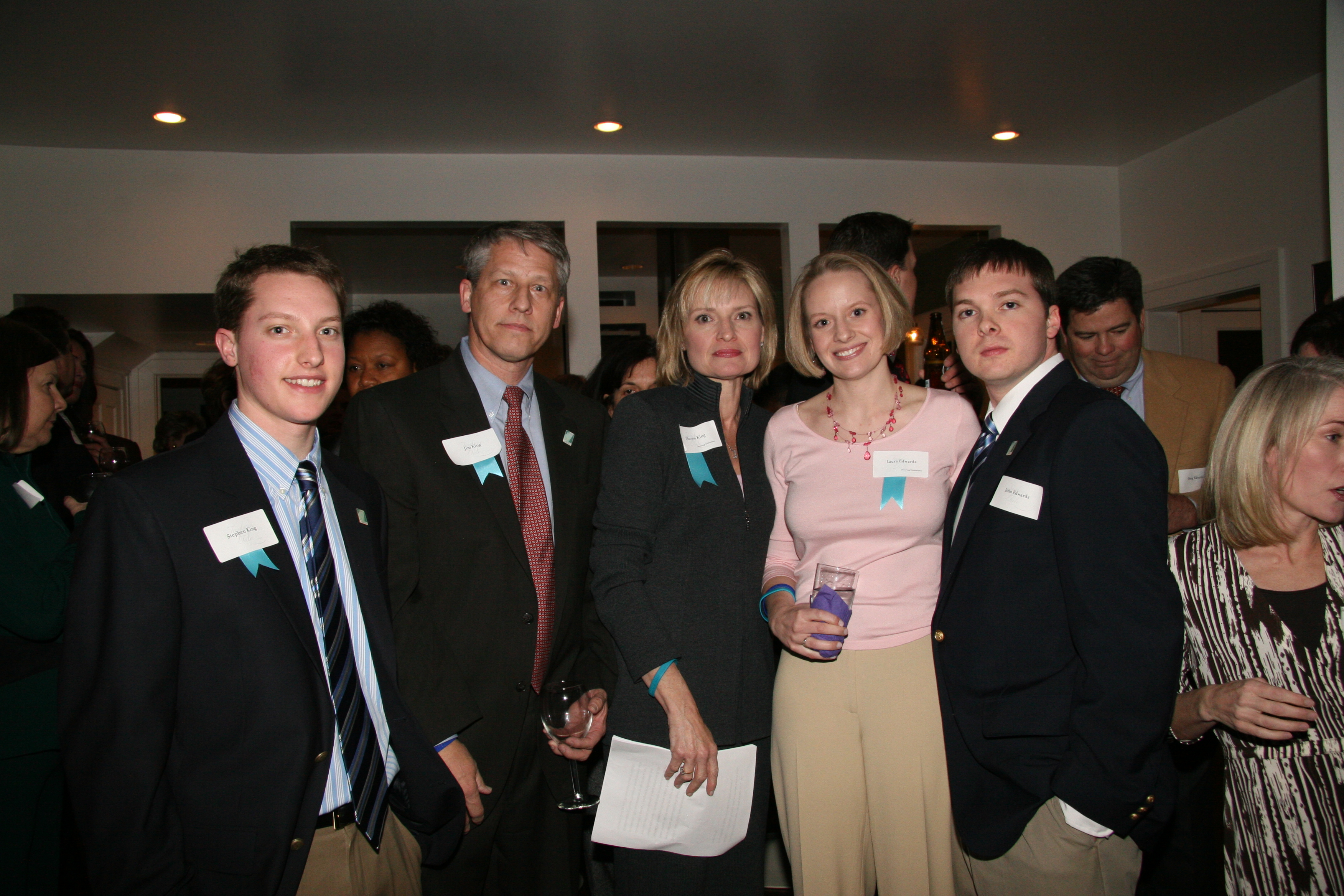In the days, weeks and months that first followed my little sister’s infantile Batten disease diagnosis, we operated on overdrive. Our determination to win for Taylor fueled our fight. When we looked at her – the golden-haired angel who lost her way in the dark and struggled in math but seemed perfect in every other way – we clawed for a branch or a rock to grasp as our world fell away beneath us and everything we’d ever known – everything we’d ever taken for granted – slipped away.
We were angry; scared; defiant; we knew the facts and the statistics…and still, we dared Batten disease to take Taylor away from us. We gave new meaning to the word “believe.” We rallied friends and family to believe with us. We raised more money than we ever thought possible. We shared Taylor’s story till it reached all the developed continents of the world. We learned more about fatal diseases than we ever wanted to know.
But a second wave always follows the first. The best sprinters in the world can only sprint for so long. And that second wave brought real fear; the kind that isn’t fueled by adrenaline; the kind that comes from knowledge; the kind that doesn’t go away overnight.
This is a journey – not a sprint.
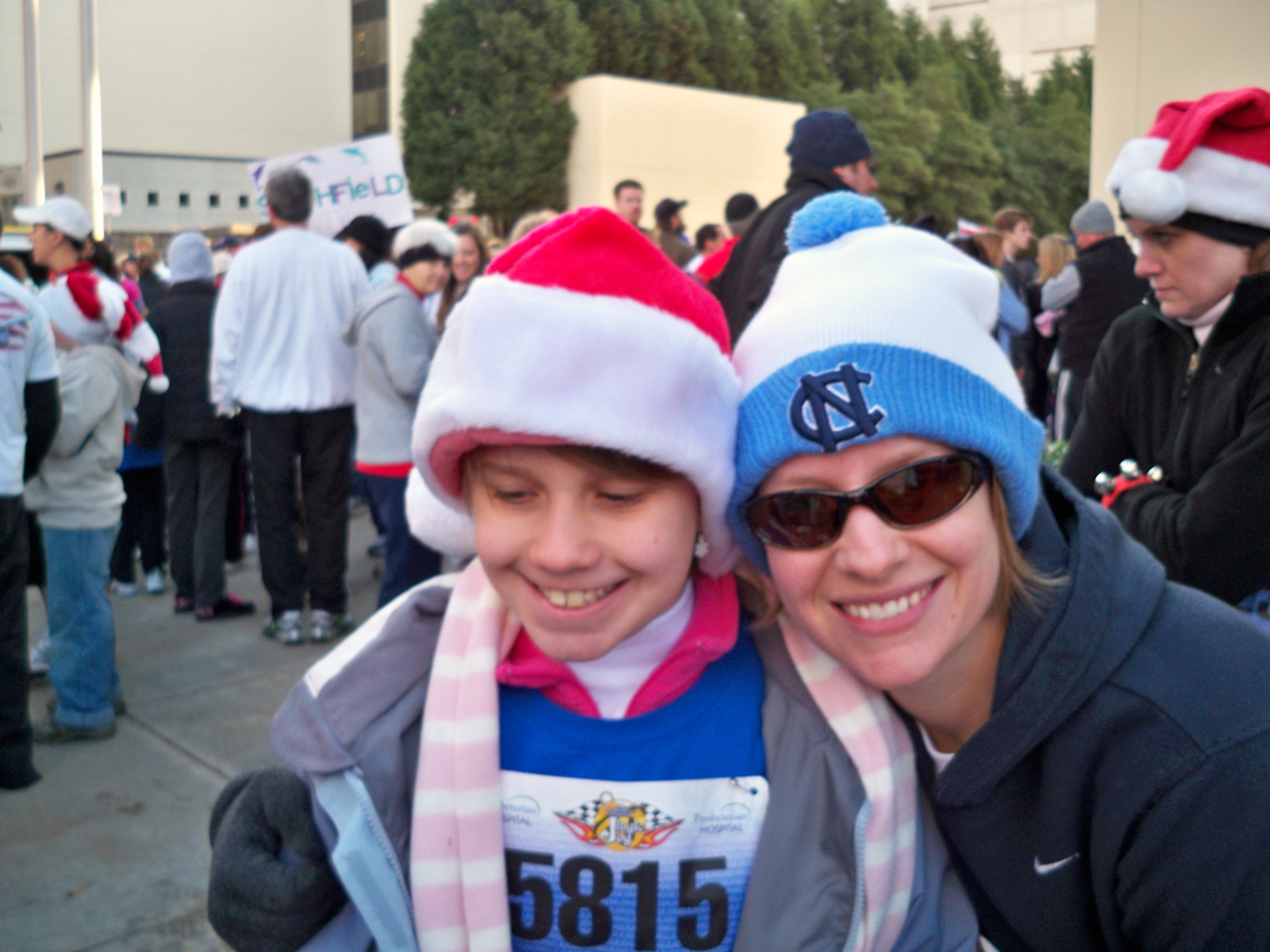
Batten disease will soon steal Taylor’s ability to walk. But my little sister used to run.
Taylor ran her first race on a chilly December morning in 2008, just 11 months after she endured invasive, experimental brain surgery in a hospital thousands of miles from home. I played cheerleader; an oft-injured soccer player, I didn’t do races.
After watching my little sister run across that finish line, I signed up for my first race.
One year later, I returned to the site of that shared moment to run my first half marathon in her honor.
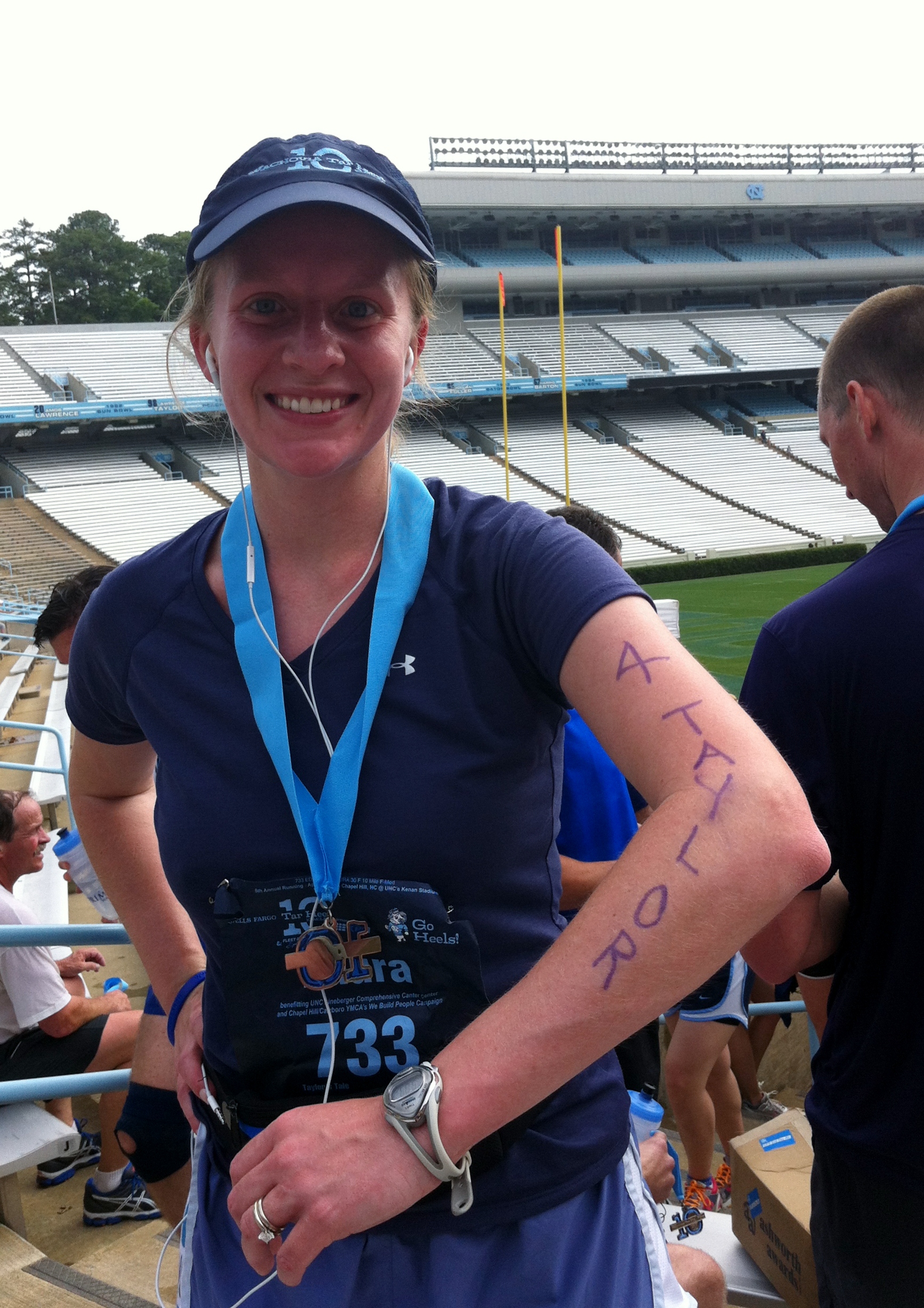
Since then, I’ve traded my soccer cleats for running shoes and hit the road for good. Last year, I ran over 1,000 miles – and I took every step for my sister. The way I see it, running is one of the many gifts Taylor gave to me. I don’t drink. I don’t smoke. I tried private therapy, but I didn’t like having to talk about Batten disease at predetermined times. Instead, I spend time with the people I love, I blog, and I run.
So I face this thing called Batten disease each day. It’s a test of endurance. I’ve learned to face it in chunks. I don’t think about a long race in terms of the total number of miles. I think about running a great two miles – or whatever distance lies between each aid station. In the same way, I try to focus on having good days. When I tried to fix everything about Batten disease, I felt like I couldn’t win – for Taylor or for the larger mission of Taylor’s Tale, the non-profit organization we founded in her name. But I figure that if I face “it” in small pieces, I can string together some good days. I can focus on recognizing miracles – both large and small.
It might just be that a “small” miracle is all we need.
I still believe.

